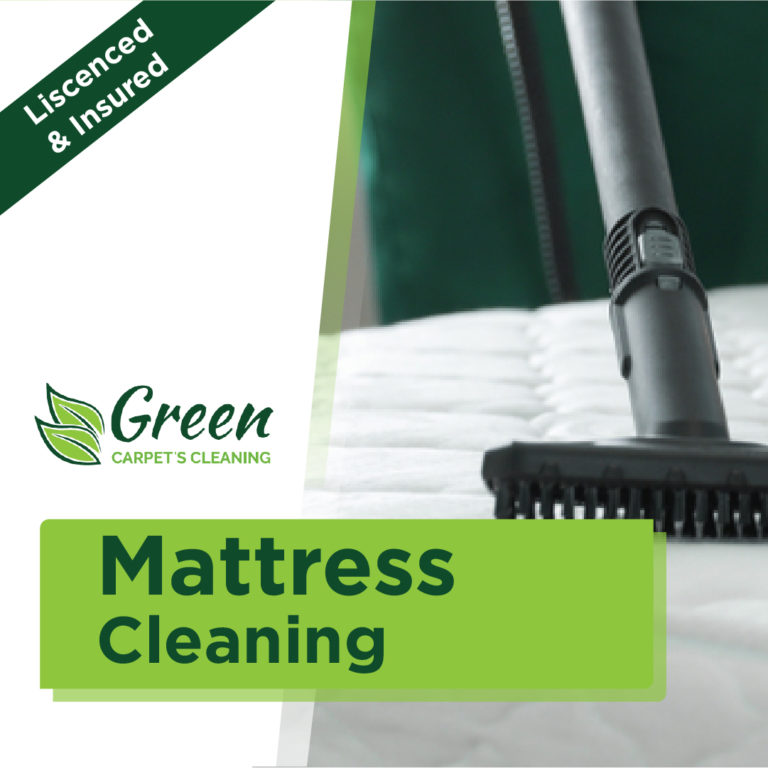WHICH DRAPERY FABRICS ARE WASHABLE VS. DRY CLEAN
Drapery Cleaning in Mountain View — Drapery is many times failed by homeowners in regards to its maintenance. While the other upholstery is left to chance we usually tend to care more about our rugs. No doubt the majority of drapery fabrics require dry cleaning and maintenance, which is why they are often ignored by us.
You may be surprised to discover that some curtains and drapes can be laundered with little trouble at home! Read on to find out which decorative and drapery fabrics are washable and which must be dry cleaned.
Does it Matter Whether You Wash or Dry Clean Your Drapes?
The routine and appropriate cleaning of drapery materials is vital for many reasons. Not only do they seem dirty and unpleasant, but could become a big problem for those who have allergies, if forgotten. We have to always look after them in order to stop stretching, shrinking, and pulling even if the majority of drapery fabrics do not look that delicate, guided a specialist from Fantastic Services. Most drapes are quantified to hang out a distance or to puddle on the ground. Washing a dry clean only cloth may change the look of your curtains or totally ruin the cloth.
Are subject to these distortions. You have to launder curtains made solely from fabrics, to reduce shrinkage. Should you use a washing machine, always clean them with water and use the cycle of the laundry system, but don’t dry them there. Letting fabrics to hang out of a line to dry is problematic, as drapery can elongate, distorting the pattern or shape. Lay the drapery level to maintain their physical appearance and preserve the quality.
Which Fabrics Could You Wash in Home?
Though you are able to put others some cloths need to be washed by hand. Cotton and linen can be cleaned in water or on the delicate cycle, but only as long as they’re unlined. Synthetic fabrics like polyester and nylon could be washed in a machine and by hand, together with wool and fleece. Keep in mind that nylon and polyester fibers get degraded from dry cleaning solvents washing them by hand or in a machine is not only an alternative. It is the only real way to clean them. Polyester fabrics do not need to dry and can be hung right after you clean them.
Silk fabrics can also be hand-washed.
The color of this material, most times is the one to ascertain if hand-washing is safe. Light colours — and colors that you are sure will not bleed — can be cleaned that way. Use mild dishwashing soap and gentle hand moves when you treat this kind of fabric. Otherwise, dry clean silk substances.
Your drapes always vacuum them first with the machine setting.
You will also need to pre-treat spots or any spots with a stain-removing solution. There are several different types of detergents, based on the type of cloth, so make sure that you choose the correct one for the drapery. A bit of lukewarm water will help the substance. Follow your remover’s package instructions and permit the product to sit for the period of time.
Even if your drapery is acceptable for machine or hand washing, always do a test to make sure it’s color-fast. Dip a corner in a mixture of water and the detergent. If the color starts to bleed, then you have to search for a different cleaning option. Bear in mind that every fabric comes with a list of instructions where you could observe the suggested means of cleaning. Frequently when drapery itself is suitable for washing, the lining isn’t.
To fabric,
Soak it bathtub or a bucket full of detergent and water.
Let the fabric soak for 30 minutes to an hour.
Squeeze the water out, being careful not to use pressure so that you don’t inadvertently bleach fabrics that cannot be pressed, such as velvet and cotton. Some cloths can be ironed while still damp, to eliminate wrinkles. If you are unsure, remove from drapery fabrics by massaging them.
Some fabrics can’t be washed in the home. Drapes with pleating, beading, other embellishments or a lining should always be dry cleaned. Furs, tapestry fabrics, crushed velvet synthetics such as rayon, taffeta, satin, suede, and brocade are among the cloths that must be dry cleaned.
You might need to dry-clean items which are soiled or stained. Bear in mind, it is always wiser and safer to dry-clean drapes when you are not confident you can eliminate stains at home. There is a chance it will become permanent when the fabric is permitted to dry, if you fail to remove a stain at home.
Most store-bought drapes have. If your curtains are sewn or hand, a fabric store or an professional cleaner ought to be able to recognize the material and determine the proper care for this. Whatever cloth your drapes are made of, learn how to keep and clean them so as to maintain the fresh and healthy appearance of your home.
What window style is best for Drapery in Mountain View
Why Are Custom Drapes So Expensive in Mountain View














